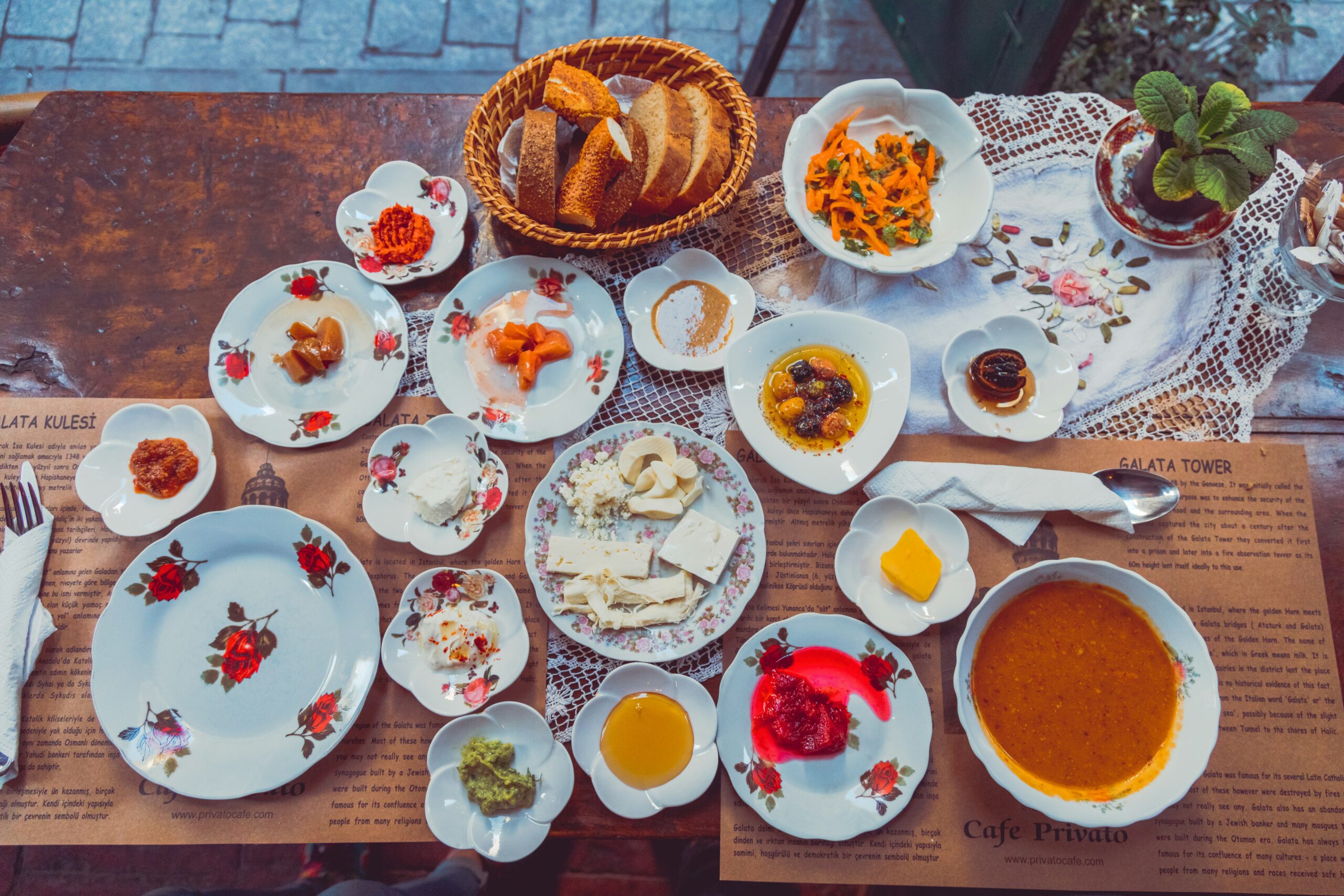Eastern Europe is a treasure trove of culinary delights, offering comfort foods that are rich in history and flavor. This region’s cuisine is as diverse as its landscape, with each country boasting its own array of hearty dishes that have been passed down through generations.
When diving into Eastern European comfort foods, it’s impossible not to be enchanted by the symphony of flavors and traditions that define this region. From the savory dumplings of Poland to the hearty stews of Hungary, each dish tells a story of resilience and community.
Understanding the Essence of Eastern European Cuisine
Eastern European cuisine is characterized by its use of simple, hearty ingredients that are often locally sourced. According to culinary expert and food historian Anya von Bremzen, “The cuisine of Eastern Europe is a reflection of its people – practical, resourceful, and deeply connected to the land.” This connection to local ingredients ensures that the food is not only comforting but also sustainable.
Staple Dishes and Their Origins
Let’s explore some of the most iconic comfort foods from this region:
- Borscht: Originating from Ukraine, this vibrant beet soup is a staple across Eastern Europe. It’s known for its unique blend of sweet and sour flavors.
- Pierogi: These filled dumplings are a beloved comfort food in Poland. Typically stuffed with potatoes, cheese, or meat, they are often served with sour cream.
- Goulash: A hearty meat stew from Hungary, goulash is seasoned with paprika and other spices, making it a warm and satisfying dish.
- Sarma: A dish found in the Balkans, sarma consists of cabbage leaves stuffed with a mixture of meat and rice, often simmered in a tomato sauce.
Personal Anecdotes and Cultural Insights
Growing up in an Eastern European household, I vividly remember the comforting aroma of borscht wafting through our home. It was a dish my grandmother prepared with love, using beets from her garden. This tradition not only nourished our bodies but also our souls, connecting us to our heritage.
Actionable Tips for Experiencing Eastern European Cuisine
For those eager to explore these flavors, start by incorporating some staple ingredients into your cooking. Stock up on items like cabbage, potatoes, and paprika. Experimenting with these ingredients can bring the taste of Eastern Europe into your kitchen.
Pro Tip: When making pierogi, ensure your dough is thin and elastic for the perfect bite. A well-kneaded dough is key to achieving that ideal texture.
Comparison Table of Popular Dishes
| Dish | Country of Origin | Main Ingredients |
|---|---|---|
| Borscht | Ukraine | Beets, Cabbage, Potatoes |
| Pierogi | Poland | Flour, Potatoes, Cheese |
| Goulash | Hungary | Beef, Paprika, Onions |
| Sarma | Balkans | Cabbage, Meat, Rice |
| Chłodnik | Poland | Beetroot, Cucumbers, Yogurt |
| Palatschinken | Austria | Flour, Eggs, Milk |
| Rakott Krumpli | Hungary | Potatoes, Eggs, Sausage |
| Plov | Uzbekistan | Rice, Lamb, Carrots |
FAQs
What makes Eastern European cuisine unique?
Eastern European cuisine is unique due to its reliance on locally sourced, simple ingredients that are transformed into hearty, flavorful dishes.
How can I start cooking Eastern European dishes at home?
Start by incorporating common ingredients like cabbage, potatoes, and paprika into your meals. Try simple recipes like borscht or pierogi to begin your culinary adventure.
Conclusion
Exploring Eastern European comfort foods offers a delectable glimpse into the cultural richness and culinary traditions of this diverse region. Whether you’re savoring a bowl of borscht or indulging in a plate of pierogi, these dishes provide a comforting taste of home. Embrace the joy of cooking and consider trying out some recipes to experience these timeless flavors firsthand.




Leave a Reply